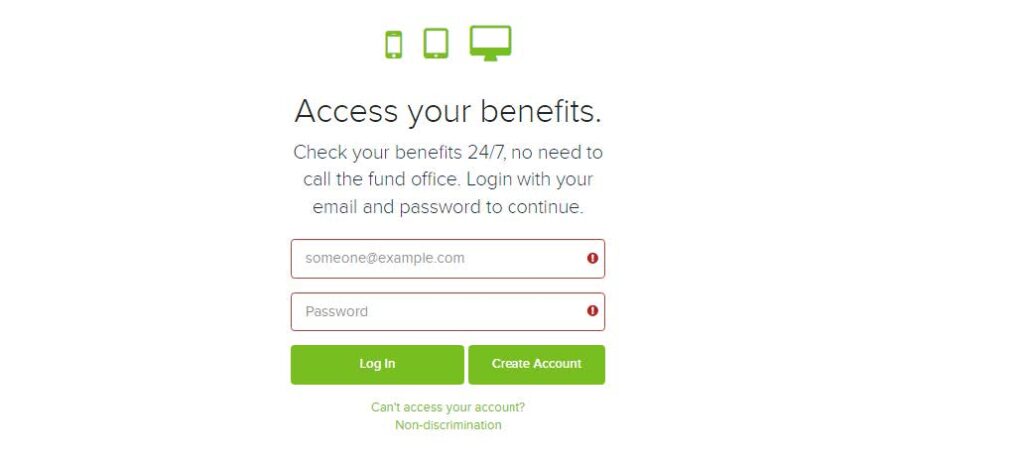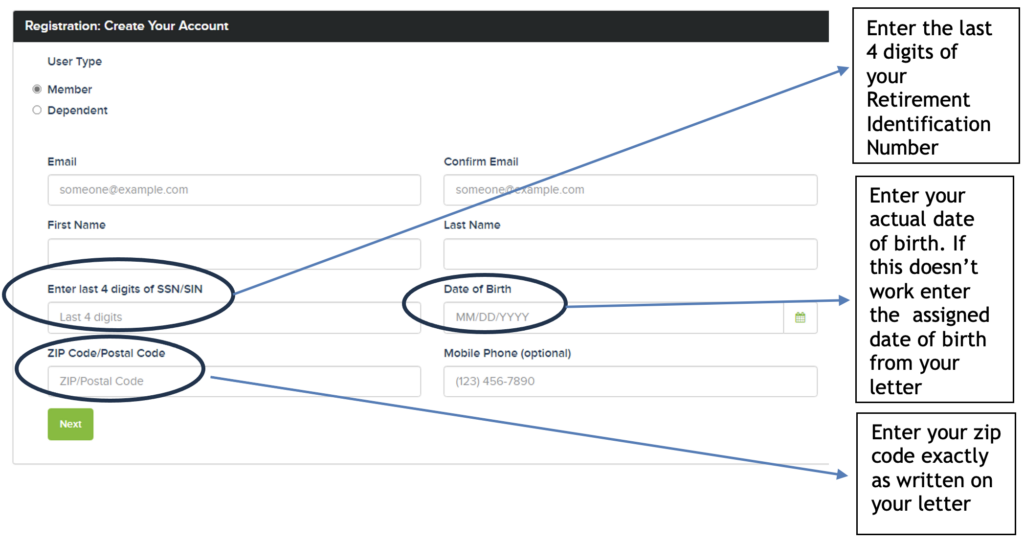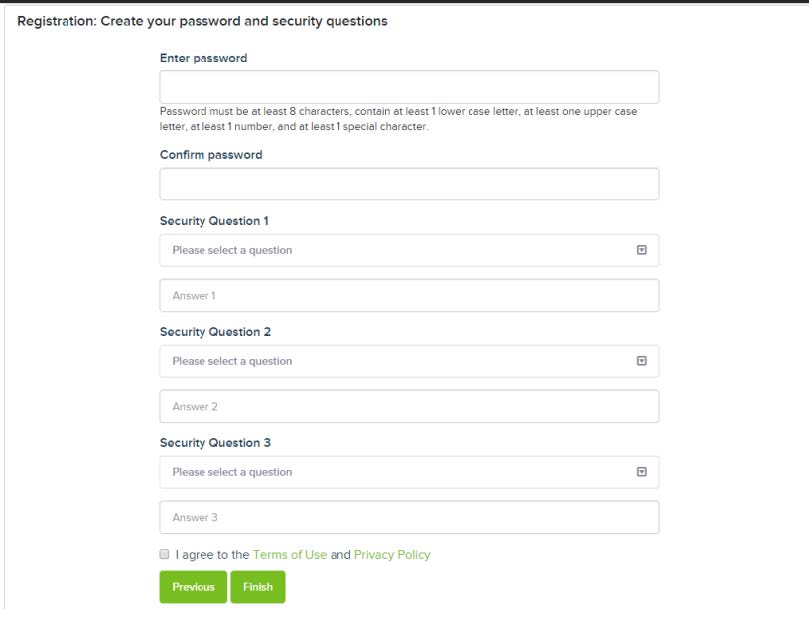Dear Governor Newsom, President pro Tempore Atkins, and Speaker Rendon –
We, the undersigned providers, parents with children enrolled in child care, and child care allies, urge you to take immediate action to address California’s child care crisis. In partnership with Child Care Providers United (CCPU), which represents over 40,000 providers statewide, the majority of whom are women of color, we are calling on you to help ensure that every child has access to quality early learning and care, and that family child care providers and all early educators receive the pay, respect, and resources they need as essential workers to provide this invaluable service during this critical time.
Child care was already in crisis before the pandemic. Many family child care providers experience persistent financial hardship due to low pay and lack of access to affordable health coverage. Quality child care can also be hard to find or too expensive for working families. All while more than 1.8 million children who are eligible for state-subsidized care fail to receive it and fall through the cracks.
Yet since COVID-19 hit, these problems have only gotten worse. Over 5,200 family child care providers in California have closed their doors in 2020, negatively impacting more than 50,000 children. Providers have to close if a staff member becomes exposed to COVID-19 from a child or parent, and many have gone weeks without pay after contracting COVID-19. The remaining providers also face increased costs for frequent sanitation, additional staff members, supplies for distance learning, and more, estimated to be 75% higher than average. In fact, 22% of providers have missed at least one rent or mortgage payment for their program. This situation is unsustainable, and the lack of robust economic support is pushing them to the brink of collapse.
We know that without COVID-19 relief and permanent economic protections for child care providers, real economic recovery in California will be impossible.
To address this crisis and prevent further closures, California’s child care providers require bold action and firm leadership. We are urgently asking you to provide adequate reimbursement rates for children participating in distance learning, financially support providers who have to close their doors following potential COVID-19 exposure so they can later reopen, and restore the recent cut to providers’ pay by restarting the State’s policy to cover families’ portion of fees, making up the difference for children who receive subsidies when families keep them home to prevent COVID-19 spread or exposure.
The benefits of high-quality child care are enormous. It is an essential way to close the achievement gap between children of different economic backgrounds, which becomes even more important when California’s public schools are closed. In fact, providers are some of the only in-person educators right now, and are critical components of making distance learning work and combating educational deficits, with no guarantee they’ll be reimbursed. But that’s what family child care providers do — they find solutions to difficult problems and make it possible for working parents to balance their careers with family responsibilities, especially during a pandemic. Family child care providers are essential workers in our fight against COVID-19, and they should be treated as such.
While SB 820 is a good start in that it waives some family fees, gives providers more paid closure days due to COVID-19, and addresses parent signatures when families are staying home, it frankly doesn’t go far enough.
This is why we are urging you to take action and work in partnership with CCPU to address the needs of all child care providers. We must maintain the child care infrastructure that California families desperately need now, and strengthen our system for the future as we emerge from this pandemic. For if California fails to address its child care crisis, we not only risk compromising our response to COVID-19, but we also risk compromising an entire cohort of children who won’t receive the care and attention they need to thrive.




